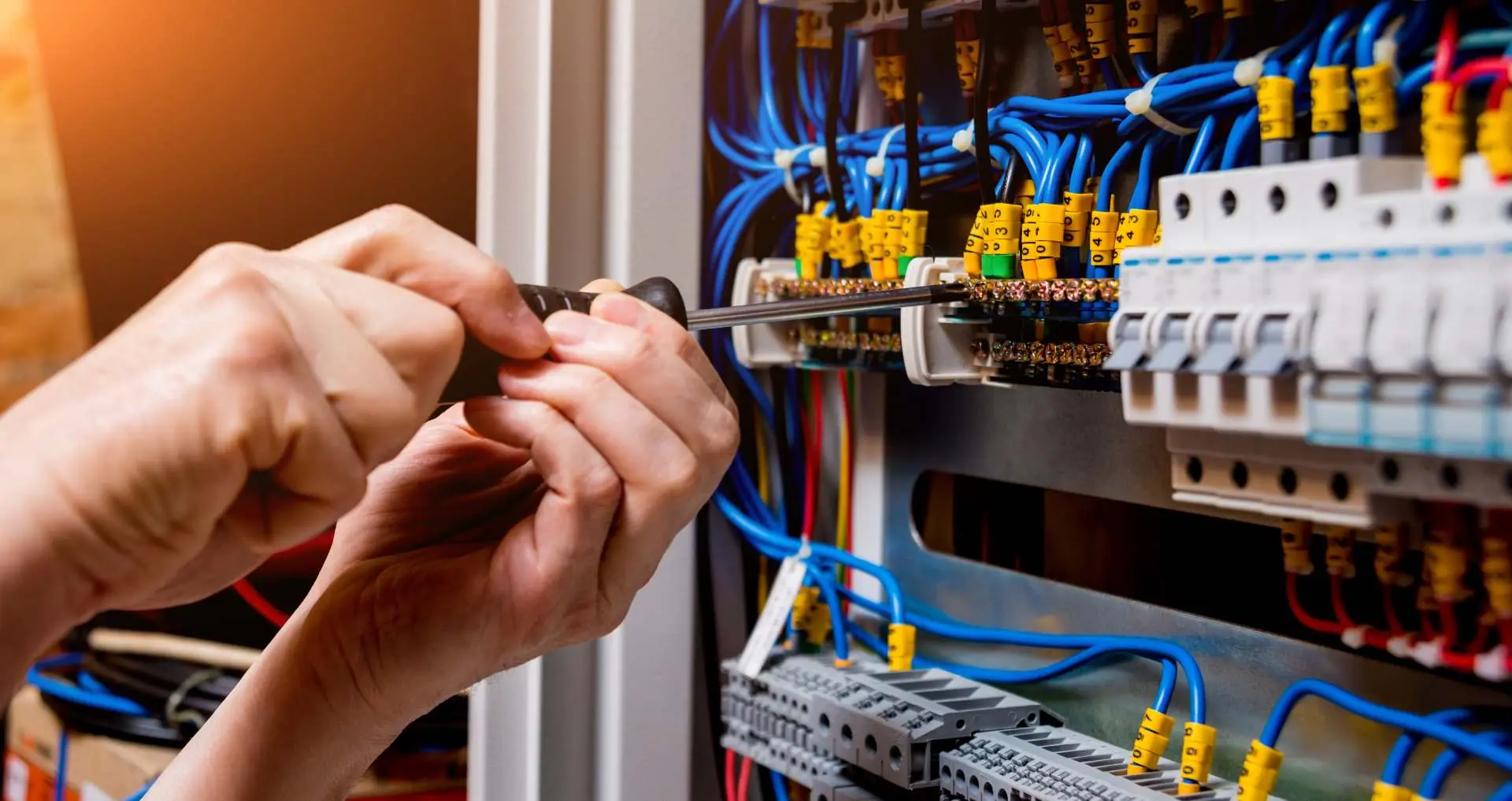In the field of chiropractic care, the tech evolution has revolutionized non-surgical back pain relief options. Through modern solutions, patients now have access to innovative methods of alleviating discomfort without invasive procedures.
This article explores the advancements in chiropractic care, highlighting the integration of cutting-edge technologies such as advanced imaging, computer-assisted adjustments, and wearable devices. These technologies enable targeted and personalized treatment plans for patients.
Additionally, non-surgical approaches offer benefits like reduced recovery time, minimal side effects, and improved overall outcomes. As chiropractic embraces technology, a new era of non-surgical back pain relief options emerges.
Key Takeaways
- Non-surgical options offer effective relief for back pain without invasive procedures
- Advanced technology enhances the effectiveness and precision of non-surgical treatments in chiropractic care
- Innovative techniques such as spinal decompression therapy and shockwave therapy provide targeted relief for back pain
- Personalized treatment plans address individual needs and underlying causes, leading to long-term relief and improved spinal health
Understanding Non-Surgical Back Pain Relief
Understanding Non-Surgical Back Pain Relief involves exploring various treatment options that do not require invasive procedures. When it comes to managing back pain, many individuals prefer non-surgical approaches as they offer effective relief without the risks and recovery time associated with surgery.
Non-surgical options focus on addressing the underlying causes of back pain and promoting healing and pain management through conservative methods.
One common non-surgical approach is physical therapy, which involves exercises and stretches to improve flexibility, strength, and posture. Physical therapists can also use modalities such as heat or cold therapy, electrical stimulation, and ultrasound to reduce pain and inflammation.
Another non-surgical treatment option is chiropractic care, which involves manual adjustments to the spine and other joints to improve alignment and alleviate pain.
Other non-surgical interventions include acupuncture, massage therapy, and pain medications. These treatments aim to reduce pain and promote healing while avoiding the need for invasive procedures.
It is important to consult with a healthcare professional to determine the most suitable non-surgical treatment approach for individual needs and preferences.
The Role of Technology in Chiropractic Care
The incorporation of advanced technology has revolutionized the field of chiropractic care, enhancing the effectiveness and precision of treatments for non-surgical back pain relief. Technology plays a crucial role in improving patient outcomes and providing more accurate diagnoses.
One example is the use of computerized diagnostic tools that can assess spinal alignment and identify areas of concern. These tools provide chiropractors with objective data, allowing them to tailor treatment plans to the specific needs of each patient.
Additionally, advanced imaging techniques such as MRI and CT scans enable chiropractors to visualize the spine in greater detail, helping them identify underlying issues that may contribute to back pain.
Furthermore, technological advancements have led to the development of innovative treatment options such as spinal decompression therapy and laser therapy, which can provide targeted relief and promote healing.
Innovative Techniques for Non-Surgical Back Pain Relief
One effective approach to non-surgical back pain relief involves the utilization of innovative techniques. These techniques are designed to target specific areas of the back and provide targeted pain relief. Here are four innovative techniques that are currently being used in chiropractic care:
- Spinal decompression therapy: This technique involves gently stretching the spine to relieve pressure on the discs and nerves. It can help alleviate pain caused by herniated discs, sciatica, and other conditions.
- Cold laser therapy: This non-invasive technique uses low-level lasers to stimulate healing and reduce inflammation. It can be used to treat a variety of back pain conditions, including muscle strains and sprains.
- Shockwave therapy: This technique involves the use of acoustic waves to stimulate healing and reduce pain. It can be effective for chronic back pain and can help improve mobility and function.
- Instrument-assisted soft tissue mobilization: This technique uses specialized instruments to break up scar tissue and adhesions in the soft tissues of the back. It can help improve range of motion and reduce pain caused by muscle imbalances.
These innovative techniques offer non-surgical alternatives for individuals seeking relief from back pain. By targeting specific areas and utilizing advanced technology, chiropractors can provide effective and personalized treatment options.

Personalized Treatment Plans for Lasting Results
To achieve lasting results, personalized treatment plans are essential in chiropractic care. Every patient is unique, with varying needs, symptoms, and underlying causes of their back pain. By creating personalized treatment plans, chiropractors can tailor their approach to address the specific issues and goals of each individual.
These plans typically involve a combination of manual adjustments, therapeutic exercises, and other modalities, such as massage or electrical stimulation. Chiropractors may also recommend lifestyle modifications, such as ergonomic changes or exercises to improve posture and strengthen core muscles.
The goal is to not only provide immediate relief from back pain but also to address the root cause of the problem and prevent future episodes. With personalized treatment plans, patients can experience long-term relief and improved overall spinal health.
Integrating Traditional and Modern Approaches
By combining traditional chiropractic techniques with modern advancements, chiropractors are able to integrate a range of approaches to provide effective back pain relief. This integration allows for a more comprehensive and personalized treatment plan, tailored to the individual needs of each patient.
Here are four ways in which traditional and modern approaches are being combined in chiropractic care:
- Manual Adjustments: Traditional chiropractic techniques, such as manual adjustments, are still widely used to correct spinal misalignments and restore proper function.
- Instrument-Assisted Adjustments: Modern advancements have introduced instruments that can assist in delivering precise and controlled adjustments, enhancing the effectiveness and efficiency of the treatment.
- Therapeutic Modalities: Chiropractors now have access to a variety of therapeutic modalities, such as ultrasound and electrical stimulation, which can help reduce pain, inflammation, and muscle tension.
- Digital Imaging: Advanced imaging technologies, such as X-rays and MRI scans, enable chiropractors to accurately diagnose and evaluate the condition of the spine, guiding them in developing appropriate treatment plans.
Expert Tips for Preventing Back Pain Recurrence
To prevent back pain recurrence, implementing expert tips is crucial for maintaining long-term relief and preventing further discomfort. Here are some expert tips that can help prevent the recurrence of back pain:
- Maintain good posture: Practice proper posture while sitting, standing, and lifting heavy objects. This helps distribute the weight evenly and reduces strain on the back.
- Exercise regularly: Engage in low-impact exercises like walking, swimming, or yoga to strengthen the muscles that support the back. Stronger muscles provide better stability and reduce the risk of injury.
- Lift correctly: When lifting heavy objects, bend at the knees and use the legs to lift, rather than straining the back. Avoid twisting while lifting.
- Take breaks: If you have a job that requires prolonged sitting or standing, take regular breaks to stretch and move around. This helps alleviate stress on the back.
- Maintain a healthy weight: Excess weight can put strain on the back, so maintaining a healthy weight through proper diet and exercise can help prevent back pain.
Frequently Asked Questions
What Are Some Common Causes of Back Pain That Can Be Treated With Non-Surgical Options?
Some common causes of back pain that can be treated with non-surgical options include muscle strains, herniated discs, spinal stenosis, and degenerative disc disease. These conditions can often be managed through approaches such as chiropractic care, physical therapy, and pain medication.
How Does Technology Play a Role in Non-Surgical Back Pain Relief?
Technology plays a significant role in non-surgical back pain relief by providing modern solutions. Advanced tools and techniques, such as robotic-assisted therapy, laser therapy, and spinal decompression systems, enhance chiropractic care and improve patient outcomes.
What Are Some Innovative Techniques Used in Chiropractic Care for Back Pain Relief?
Innovative techniques used in chiropractic care for back pain relief include spinal adjustments, massage therapy, and the use of technology such as cold laser therapy and spinal decompression. These methods aim to provide non-surgical solutions for relieving back pain.
How Do Personalized Treatment Plans Contribute to Lasting Results in Non-Surgical Back Pain Relief?
Personalized treatment plans contribute to lasting results in non-surgical back pain relief by tailoring the approach to each individual’s specific needs and conditions. This ensures targeted and effective treatment, maximizing the chances of long-term pain relief and improved quality of life.
What Are Some Traditional Approaches to Back Pain Relief That Can Be Integrated With Modern Techniques?
Traditional approaches to back pain relief, such as physical therapy, acupuncture, and chiropractic adjustments, can be integrated with modern techniques to provide comprehensive and effective non-surgical solutions. These combined approaches offer patients a variety of options for managing and alleviating back pain.
Conclusion
In conclusion, the integration of technology in chiropractic care has revolutionized non-surgical back pain relief options. With advanced imaging techniques, computer-assisted adjustments, and wearable devices, patients can now receive targeted and personalized treatment plans tailored to their specific needs.
These modern solutions offer benefits such as reduced recovery time, minimal side effects, and improved overall patient outcomes. By embracing technological advancements, the chiropractic field has entered a new era of non-surgical back pain relief systems.
You May Also Like:






